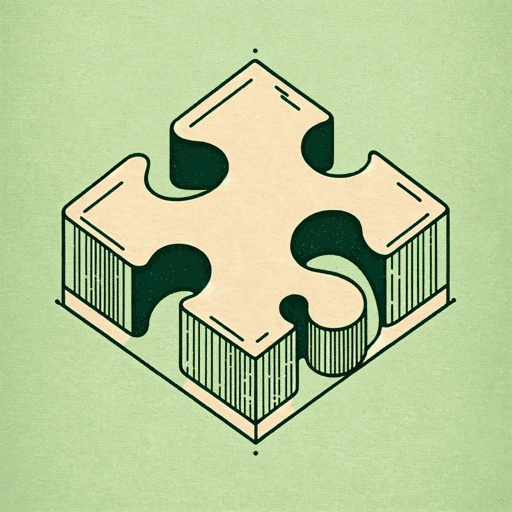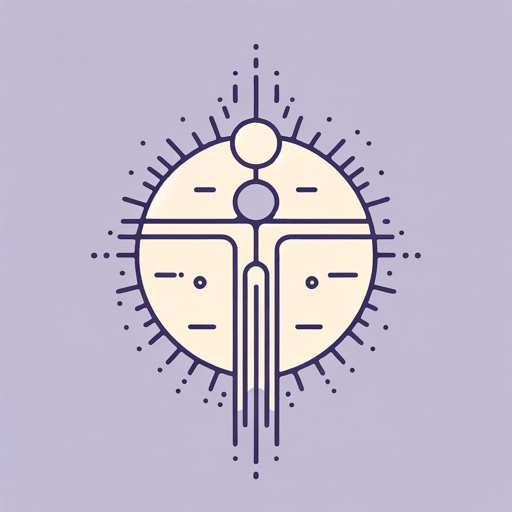45 pages • 1 hour read
Émile DurkheimThe Division of Labor in Society
Nonfiction | Book | Adult | Published in 1893A modern alternative to SparkNotes and CliffsNotes, SuperSummary offers high-quality Study Guides with detailed chapter summaries and analysis of major themes, characters, and more.
Themes
Combining Biology and Sociology: The Community as an Organism
Throughout The Division of Labor in Society, Durkheim sets out to observe the institutions and frameworks that form the core of modern society. He notices that specialization, the act of dividing up work into smaller parts that was characteristic of the Industrial Revolution, can increase work efficiency. It can also improve the quality and complexity of the final product.
Durkheim finds a similar occurrence in biology, where advanced organisms develop progressively more complex organs that fulfill increasingly specific functions. These organs operate autonomously but also depend on the proper functioning of adjoining organs. As the external environment becomes more complex, organs working in solidarity collectively contribute to the survival of the organism. Durkheim observes that these biological traits are the result of evolution and adaptation to a changing external world.
Durkheim reprises this same logic to explain the framework of modern society. Whereas individuals in a society were previously bound by a collective consciousness that encouraged conformity, the modern city is neither uniform nor homogeneous. Traditional institutions such as religion are slowly giving way to nonclerical or lay social institutions. Durkheim concludes that specialization has frayed the traditional glue that bound society together and replaced it with something else entirely. A new kind of solidarity emerges from the 








